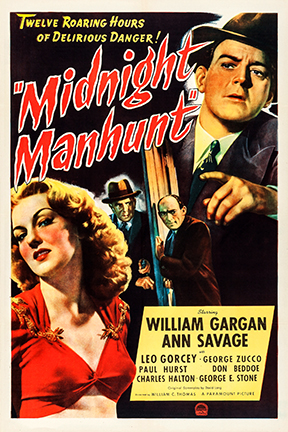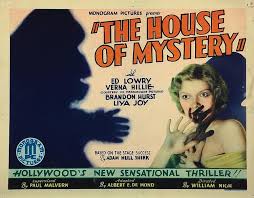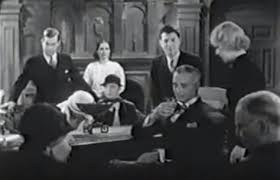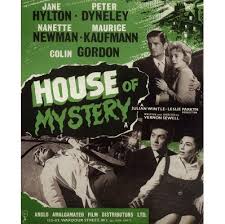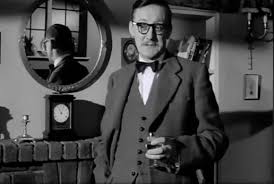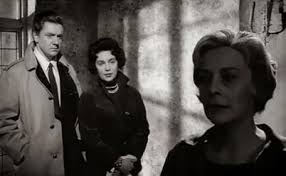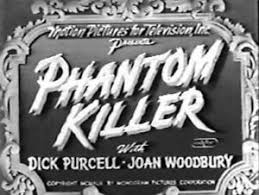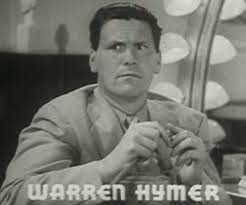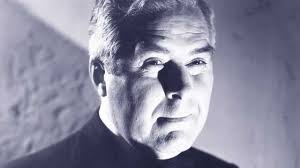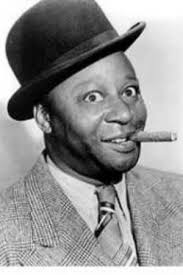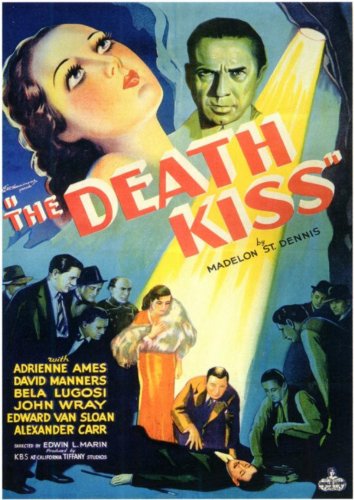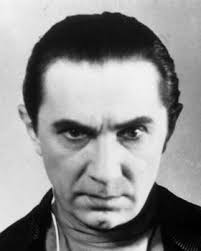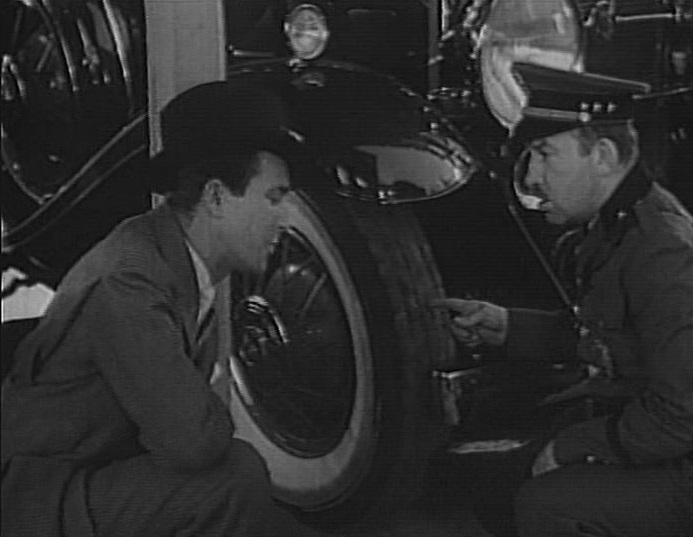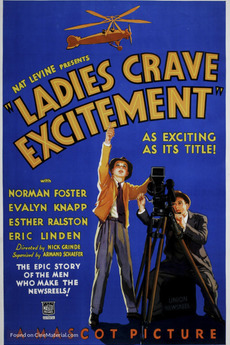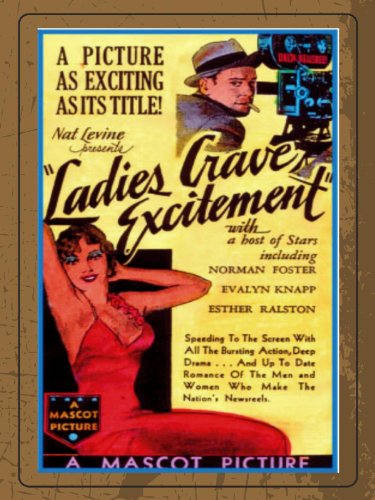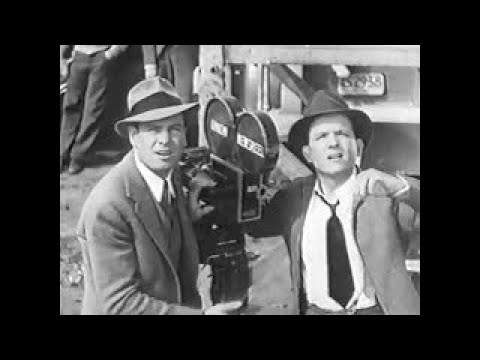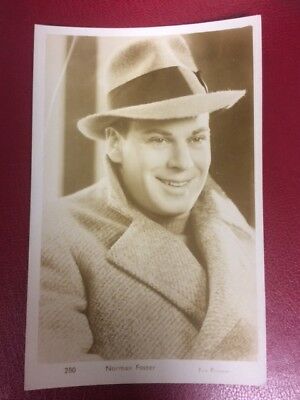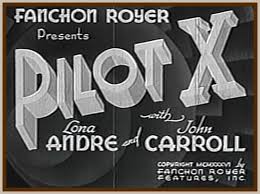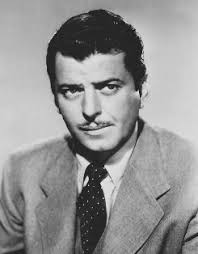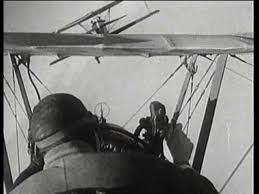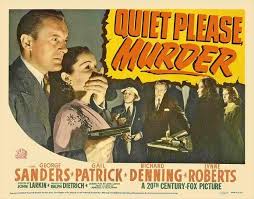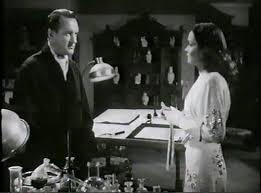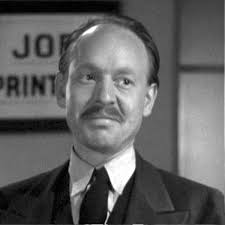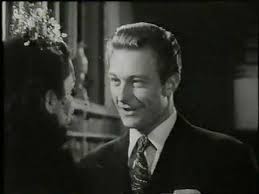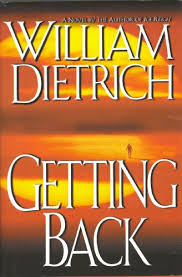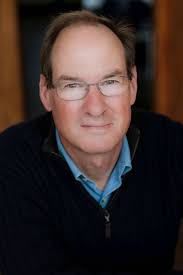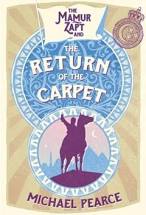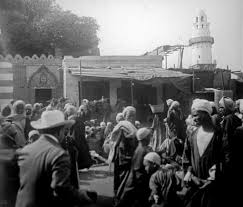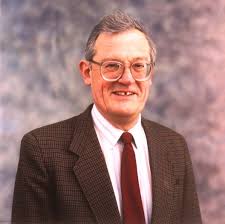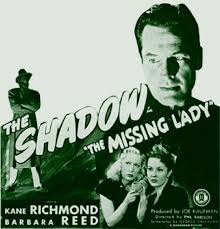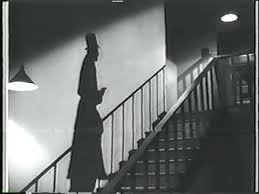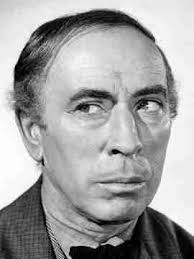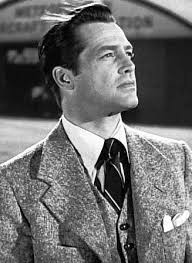Midnight Manhunt (1945)
IMDb runtime is 1 hour and 4 minutes, rated 5.4/10.0 by 303 cinematizens.
Genre: Mystery, comedy, bore
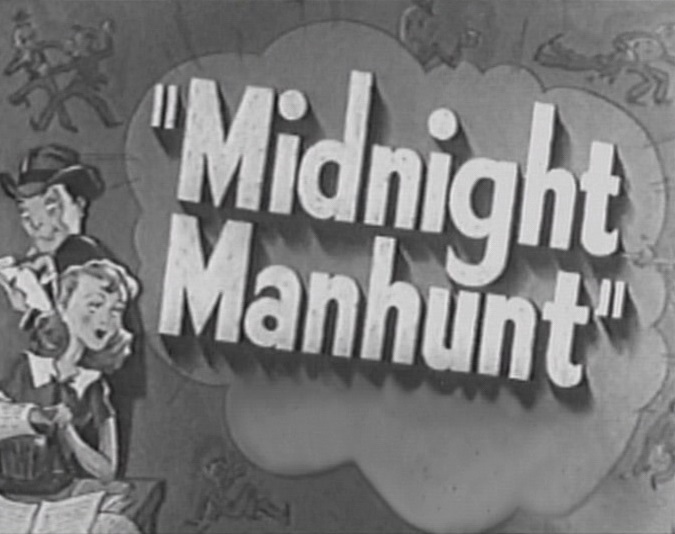
Verdict: Waxen, indeed.
Set-up: The ever menacing George Zucco shoots a man in a hotel room and makes off with a stash of diamonds. All in silence except the: Bang, Bang! Nice. Then the wounded man rouses himself, crawls, and lurches about like the fraternity brothers at a keg party. Still without a word nor any background music. Nice.
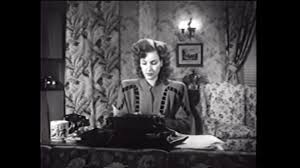
Cut to the conveniently located next door Wax Museum of Crime, where the twittery owner is closing up, as Leo Grocey holds up a broom, thus extending his acting repertoire. Meanwhile, feisty woman reporter rooms climbs the stairs to her crib where she finds the now dead man littering the hallway, instantly recognising him as the late unlamented Jimmy Hoffa and the thirty-point type headline she will get from this discovery; she decides to stash the body until a photographer from her paper can get there, giving her an exclusive with pixes. Journalistic responsibility prevails once again. She types up the false facts while waiting.
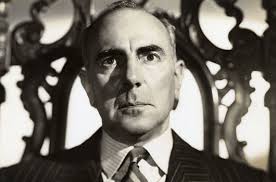
Zucco comes back because he left his Amex card on the victim or something. The police poke around with the incompetence of a McKinsey manager. A rival journalist appears to belittle the woman. Leo continues to hold up the broom. (I lost a bet on that with the fraternity brothers. Holding up a broom seemed to me to beyond Leo’s skill set.) By turns they use the dead body as a prop, a taxi cab passenger, a seat, and so on. All very amusing, … not. Amusing was Charlie Chan at the Wax Museum (1940).
There is nothing to work with in either the screenplay or the direction. Ann Savage was a great player (see her chilling performance in Detour [1945]); she does breathe some life into the clichés in this story but only just. Zucco is wasted as a gunman. He is much more menacing without anything as mundane as a gat. The broom did not need Leo’s malapropisms.

It was released on 25 July 1945, less than a month after the typhoon of steel at Okinawa harvested 82,000 US casualties, including more than a dozen generals. More Japanese soldiers and still more civilians died, as well. This blood bath convinced George Marshall that an invasion of Japan had to be avoided. Pentagon planners had estimated a million causalities from an invasion They also assumed they would be American, as the depleted English and Dutch, the Chinese concentrated on each other, along with the duplicitous Russians would not contribute. The Defense Department had signed contracts with Western Union to send ten thousand yellow telegrams a day telling wives, mothers, sisters, fathers that their soldier boy had been killed. In anticipation of such an apocalypse US Army Air Force personnel, including my dad, on Pacific Islands were being retrained as infantry to feed into the maw. A biography of the titan George Marshall is discussed elsewhere on this blog.

